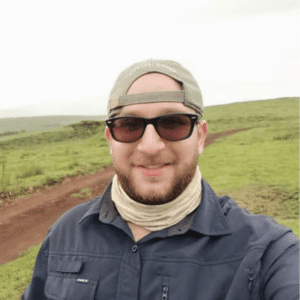
Across Africa, there are countless unique and beautiful animals. However, when travelling to the continent, many individuals dream of seeing the “Big 5” – lions, leopards, rhinos, elephants and cape buffalos. While these are all absolutely majestic animals in their own right, unfortunately the name “Big 5” does not refer directly to their size, nor their rarity. Big game hunters coined this term to refer to the animals that were the most elusive and hardest to capture and kill on foot. These days, the terminology has more positive connotations, and for the average traveller, trophy hunting is not something that even crosses their mind. For photography and wildlife enthusiasts alike, seeing any of these is worth making the trip.
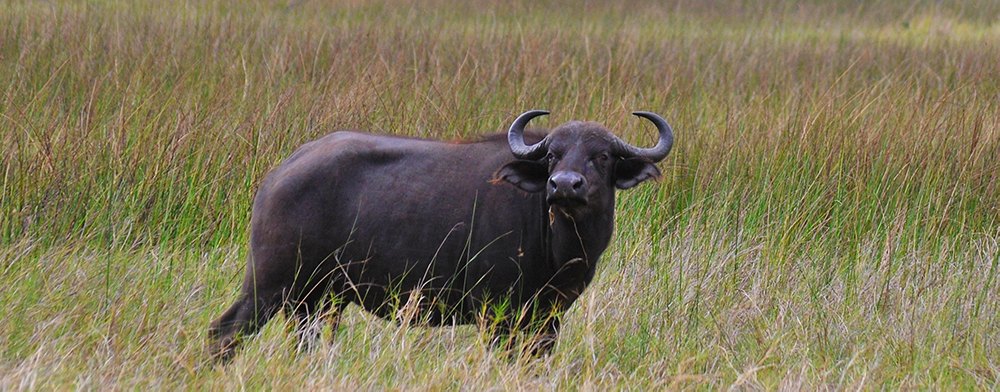
There is a lot of focus on lions, leopards, rhinos and elephants, but it would be a shame to ignore cape buffalo (not to be confused with water buffalo, which are typically found in Asia). Seeing a herd is an incredibly exciting experience and there is a lot to learn about these animals.
Luckily, there is widespread distribution of buffalo across the continent, and they are the only animals among the Big 5 which are not considered endangered, making them relatively easy to spot in a number of amazing locations.
Buffalo can be found in a multitude of different kinds of habitats, hence why they are among the easiest animals to spot on safari. These range from semi-arid bushland, to grasslands, coastal savannas and even rainforests. Generally, their only real requirement is that they are close to water sources. You will find them distributed throughout sub-Saharan Africa, and it is said that approximately 2,500 of them currently call Kruger National Park their home.
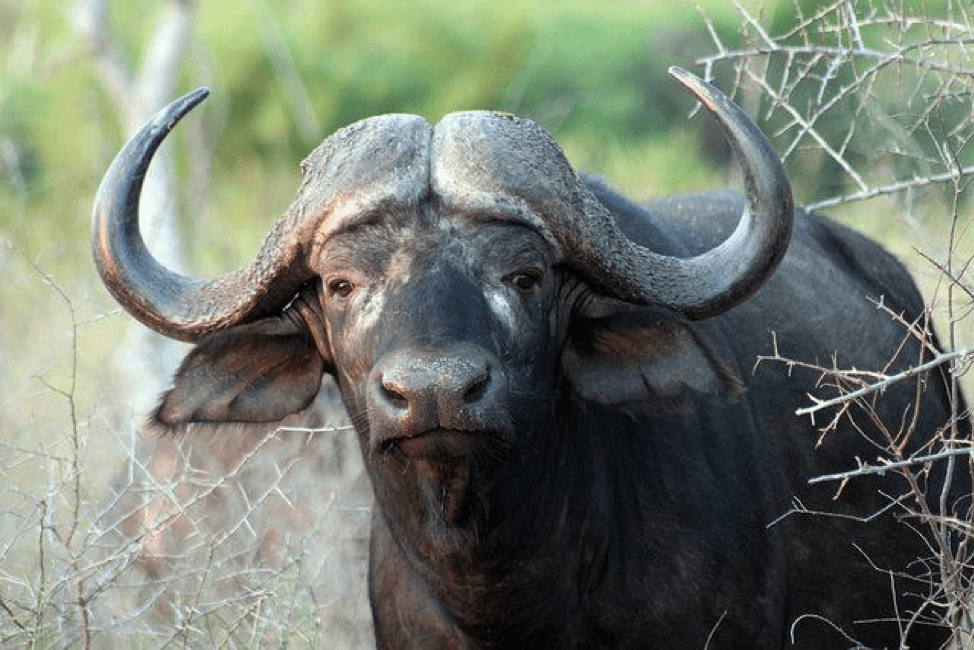
A trip to the Kruger National Park in South Africa will be an unforgettable experience for safari enthusiasts, and these rather aggressive bovine are often out and about in full force, roaming freely. You can find buffalo just about anywhere, but they are most frequently seen close to the the rest camps of Satara and Orpen. Here, the grasslands are open and there are less trees which could obscure your view and thus shield their presence. In saying that, savanna areas with more trees are often common habitats for these animals, as such conditions are often ideal to support a herd.
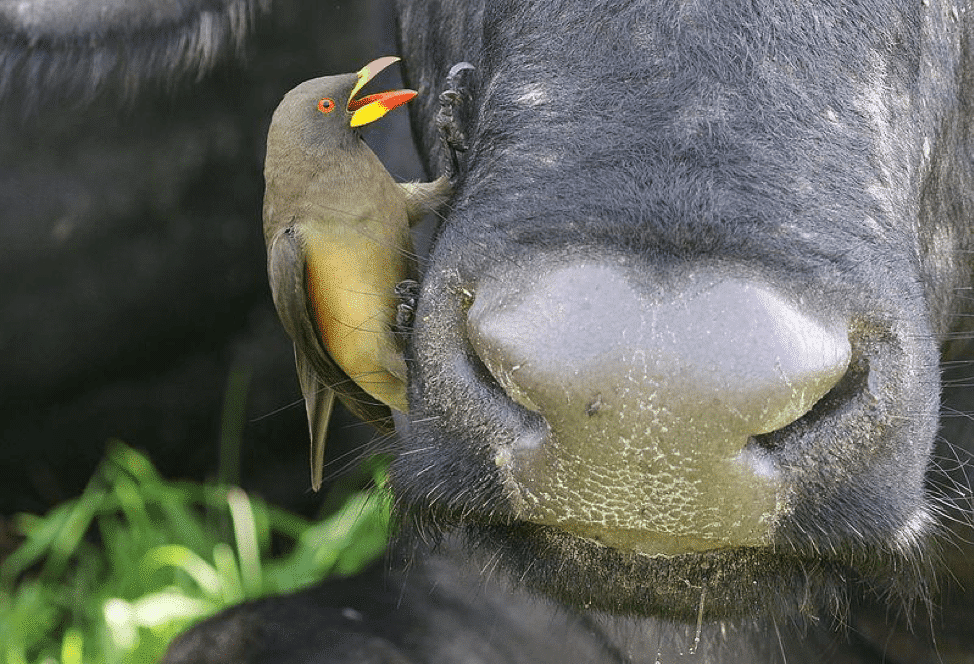
While driving through the national park, you may often have to wait for a break in the herd before driving on, which is a sight in itself to behold. While buffalo do, on occasion, roam alone; they are far more typically found in large numbers. This means that waiting for a break while they cross may not even be possible, as you may need to wait until the herd has completely finished crossing, or even turn around.
As Kruger National Park is also home to many of the buffalo’s natural predators, it may also be possible to see the wild realities of battles between buffalo and other animals – they are more than capable of putting up a fight! While they are herbivores, they work as a team to protect their young and aren’t afraid to collectively fight away any predators that come their way, which are often perceived to be far scarier. They are said to be among the most dangerous animals in the world, with both the males and females having big horns. Don’t underestimate these fascinating creatures!
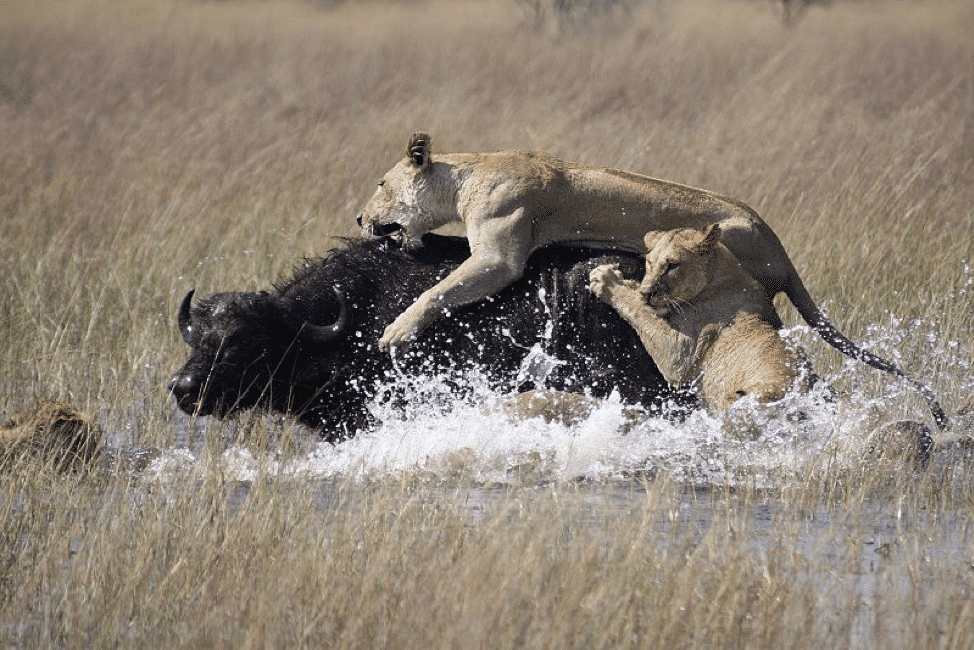
The Okavango Delta in northern Botswana is a haven if ever there was one for seeing cape buffalo in their droves. The region itself has cemented itself as one of Africa’s greatest wildlife habitats, renowned for sprawling, lush grassy plains. Here, you have the potential to see thousands of these animals, as they move between the Chobe National Park area and Okavango fairly regularly. As such, they are said to be the third most popular type of antelope in the region.
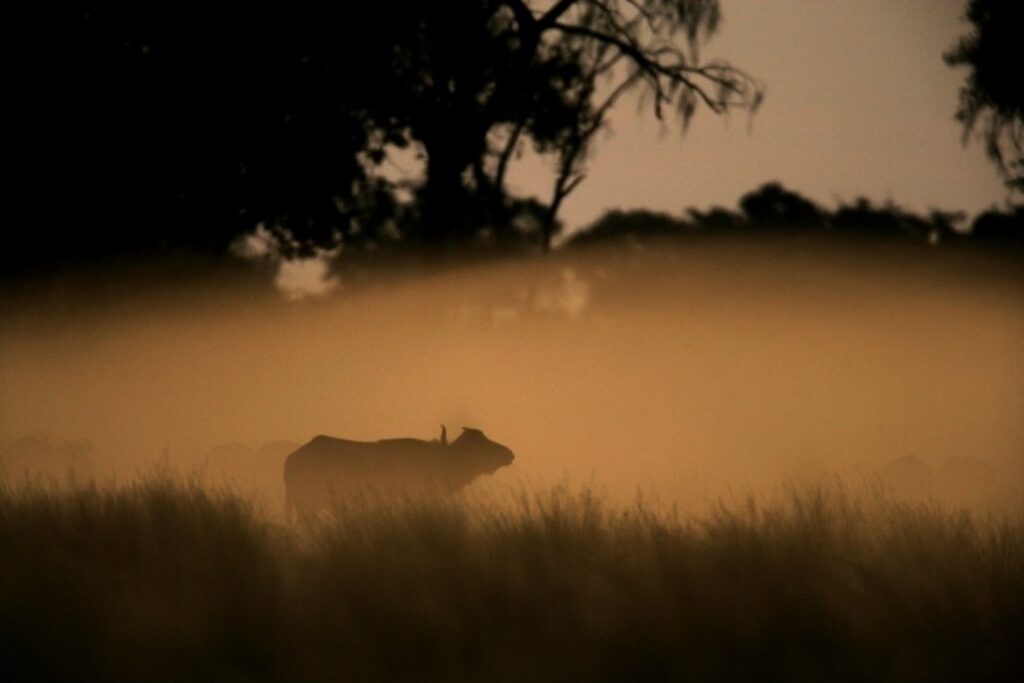
The herds love to congregate close to the permanent waterways to the north of the country, but they particularly enjoy time spent grazing on the more seasonal floodplains. It is essential that buffalo stay close to water, even while moving around. However, they are able to survive on grass that is less nutritious than other animals are, which means that they don’t have to move as far as other species.
Stories about buffalo in this area are rather interesting, with locals who have observed their movements and patterns able to explain their habits and behaviours. For example, we have learned that herds here are typically mixed between males and females, but that the males which are included within the groups are those able to breed. Often, older males are forced out, and the locals have a term for them – “old dagga boys”. In Zulu, “dagga” means mud, and refers to the fact that it looks like these solitary, excluded members of the group tend to wallow in mud.
Here, the lions love buffalo, too, but perhaps not in the way we do! Lions can often be found in close proximity to the buffalo here. There is a fairly permanent herd of around 1000 buffalo living out on the Duba Plains, and plenty of lions are well aware of this. You are almost guaranteed to see a lion kill their prey, but unfortunately for them, the buffalo are all too often the victims. This is the reality of the animal kingdom!
Chobe National Park is not a million worlds away from the Okavango Delta, and many of the buffalo actually migrate seasonally between the two, so Chobe is still a fantastic place to see them. Chobe National Park was Botswana’s very first national park, officially designated as such since 1968. In fact, Hollywood stars are rather taken by the location, with Elizabeth Taylor and Richard Burton choosing to honeymoon here in 1975.
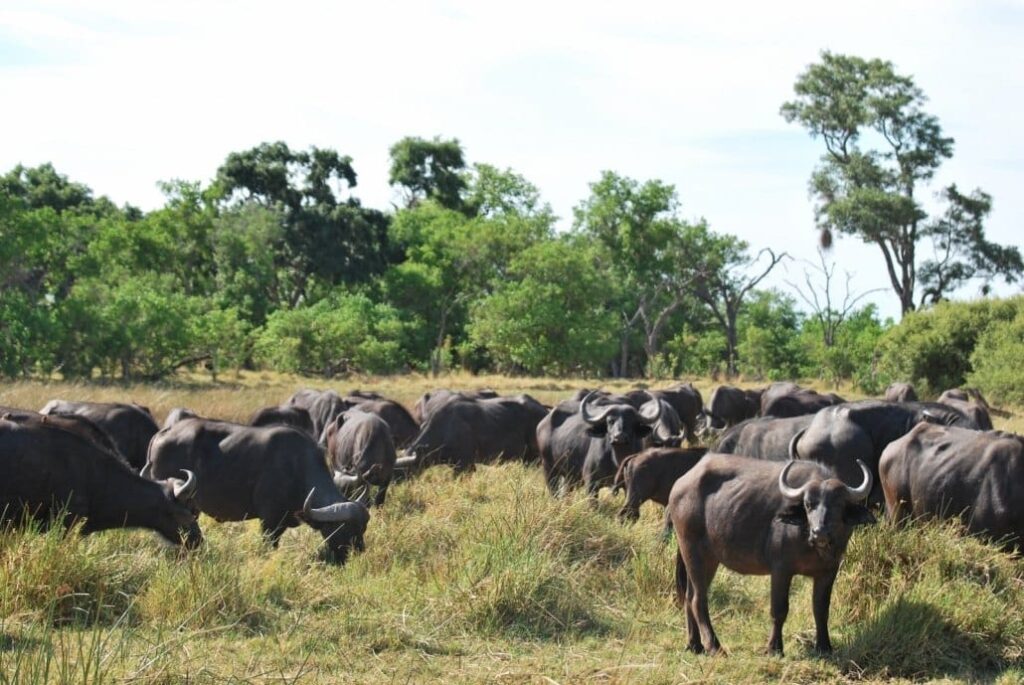
In the years that have transpired since, much of the area remains unchanged by modern threats. There are four diverse wildlife regions to be found within, and you’ll see plenty of animals in each. These are the Chobe riverfront, the Ngwezumba pans, the Savute channel area and the Linyanti Marshes. The best time to visit is during the dry season, which falls between April and October. This is simply because the animals become very thirsty as their usual water sources are depleted, and so they make their way to the river banks. As buffalo are never found too far from water sources anyway, it is a safe assumption to say that you will see many of them during this time. However, the peak time for game viewing is in perhaps the hottest months, when these animals become even more dependent on the river for water – although you must be careful, as at times, you will face often unbearable heat on the plains.
You should also consider the fact that the animal world is not always sunshine and rainbows, and you may see plenty of dead buffalo in addition to those that are alive, simply because there are an abundance of them to be seen as prey.
Visiting Chobe National Park is relatively easy to access as it borders Zambia, Zimbabwe and Namibia. Its terrain is incredibly sandy though, and so you must make adequate preparations before heading out there.
If you’re wanting the most authentic, awe-inspiring experience possible, venturing out to the remote and under-rated Katavi National Park in western Tanzania is an absolutely imperative must-visit. It is the third-largest national park in the country, and yet one of its least visited. There is an impressive array of biodiversity here, and you’ll witness plenty of different animals going about their day. Despite this, the area has unfortunately been the target of illegal hunting and poaching activity.
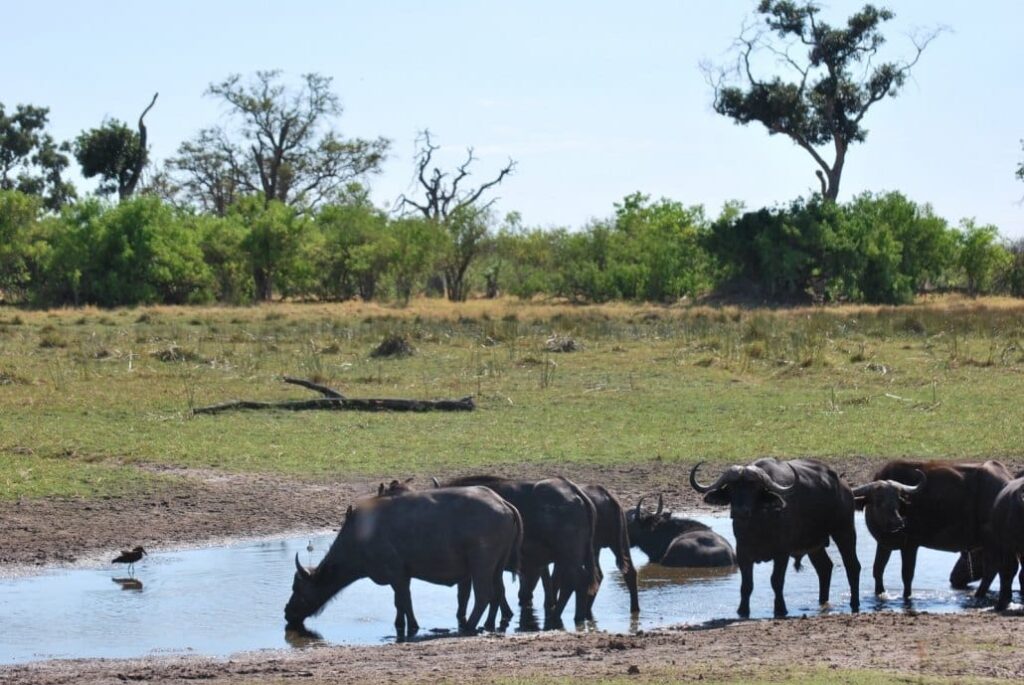
When it comes to buffalo specifically, Katavi remains one of the best places to see gigantic herds of them, particularly in the dry season, which occurs between June and October. Rivers begin to dry up, which forces the animals to gather elsewhere, close to the dwindling sources of water. With the right guide, it becomes easy to find these spots, and increase your chances of seeing something amazing.
Here, you can observe – far from the tourist crowds – these briliants animals in their natural habitat, as they thunder across the savanna. Racing, running and charging in their droves, you definitely would not want to get in their way! Given that each of these animals weighs around 700kg, this will leave a lasting impression, not least because the sensory experience from the sights to the sounds is one that you may never have in your lifetime again.
Numbers of foreign visitors are limited, because the accommodation options do not allow bookings over capacity. A visit to Katavi is a real privilege, but it is one that must be planned far in advance.
INSPIRATION
SIGN UP
Weekly travel inspiration, news and updates from our team of travel specialists
Sign up